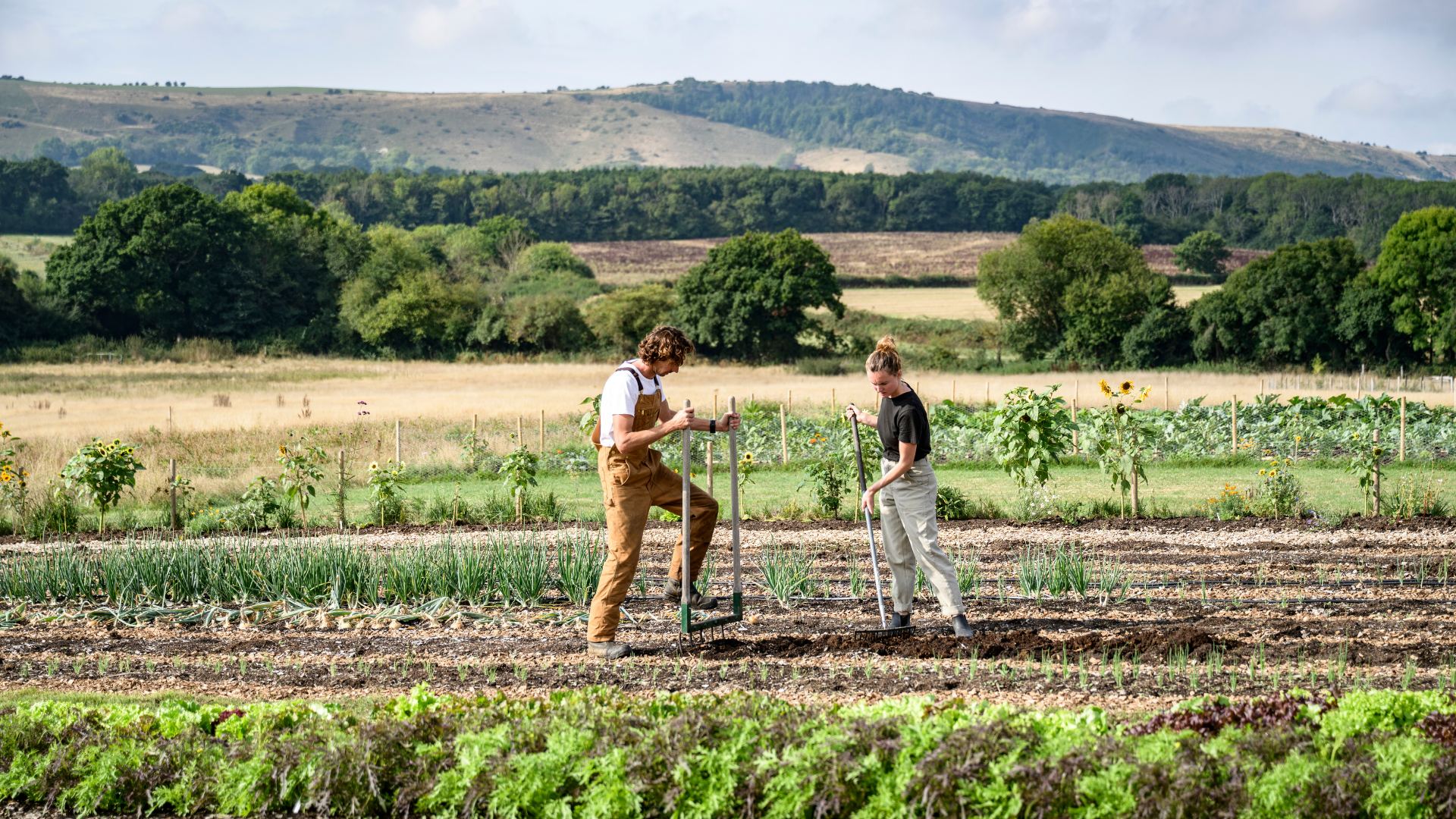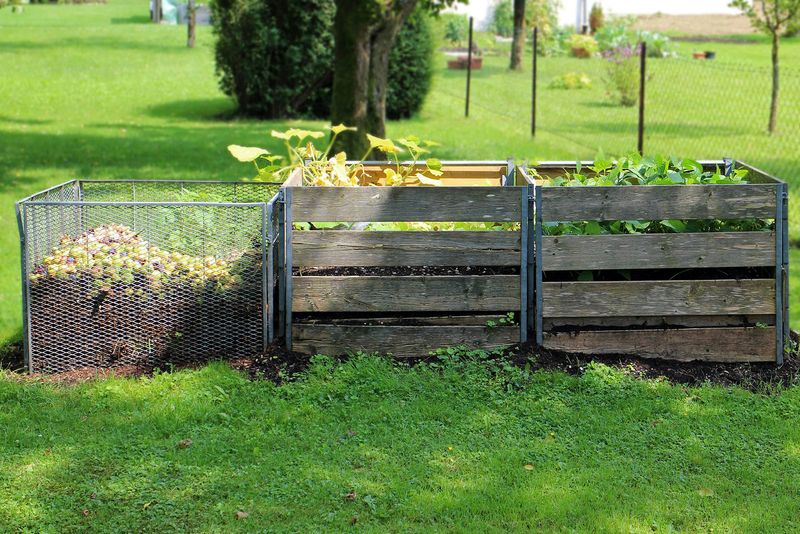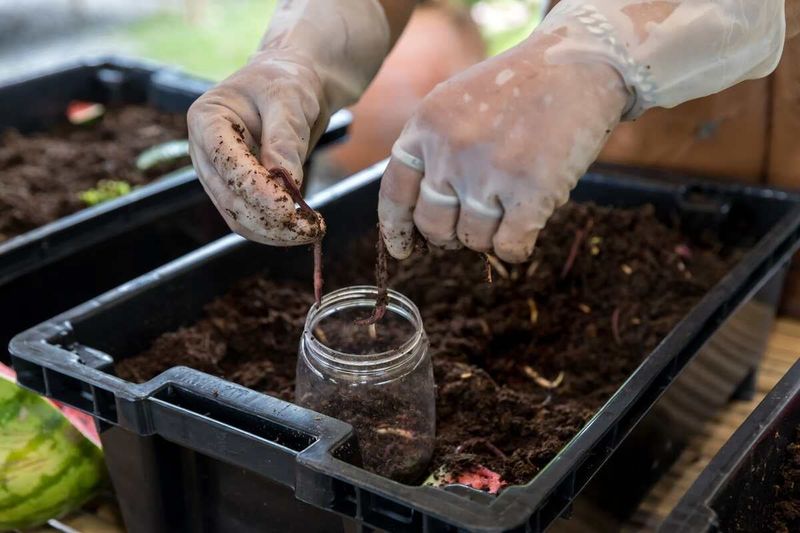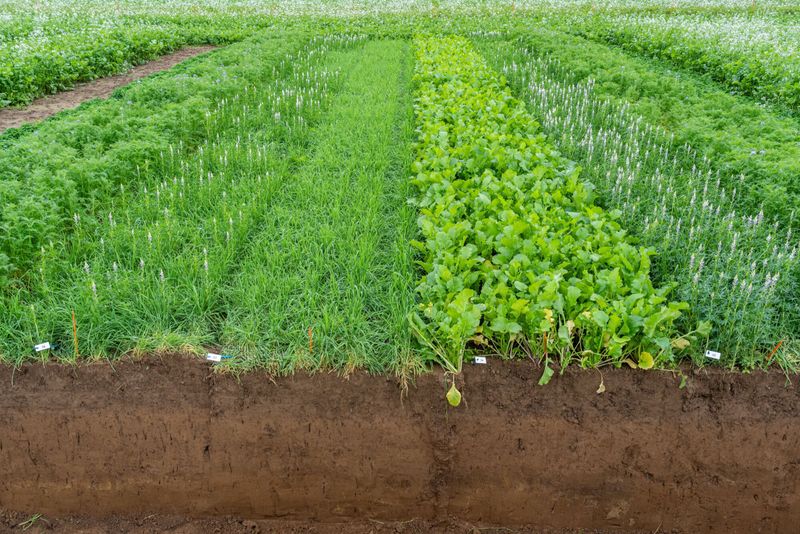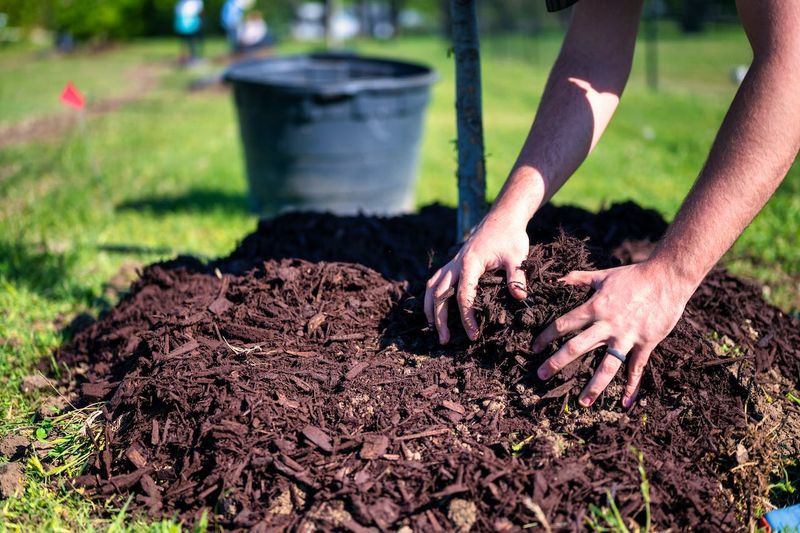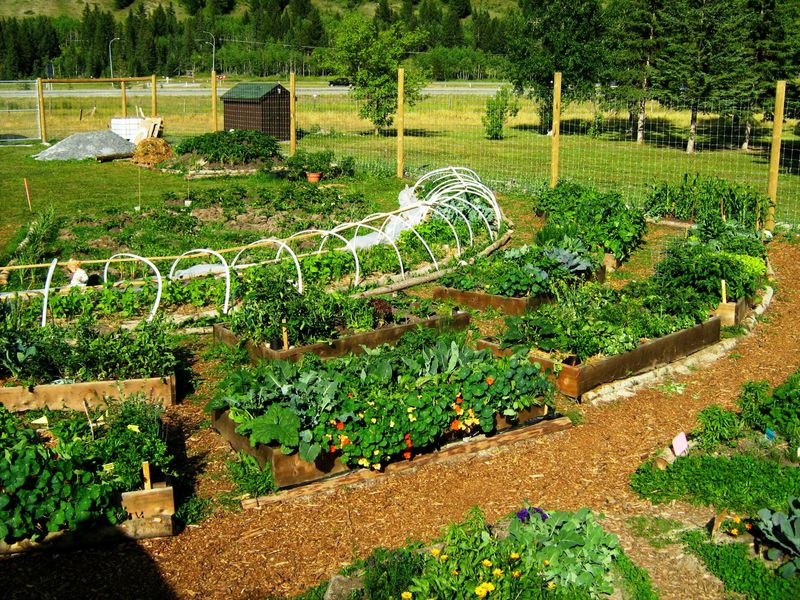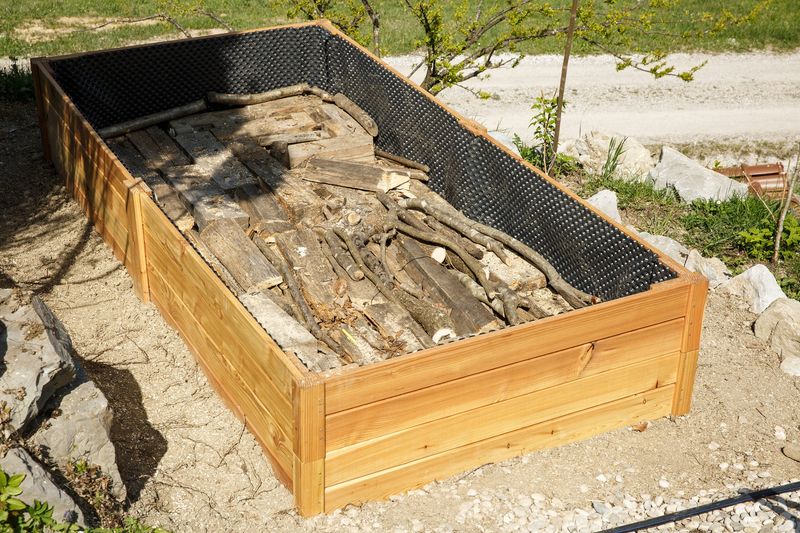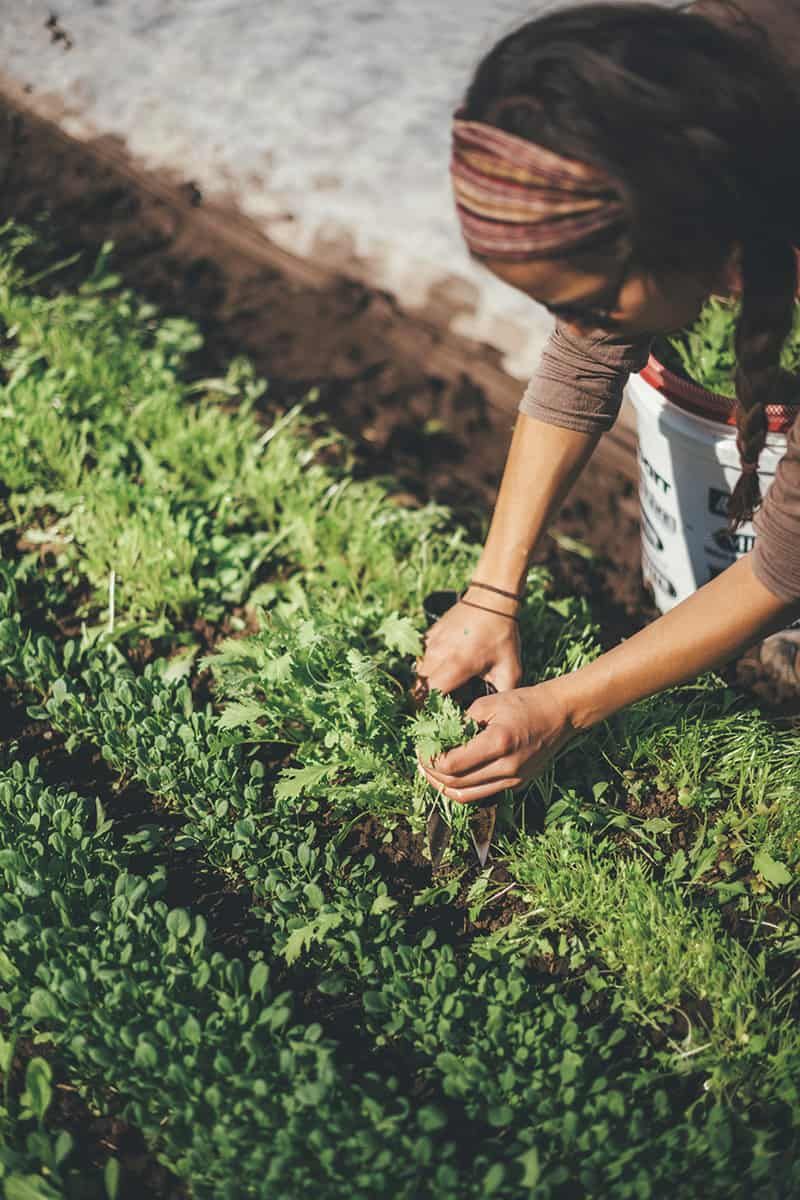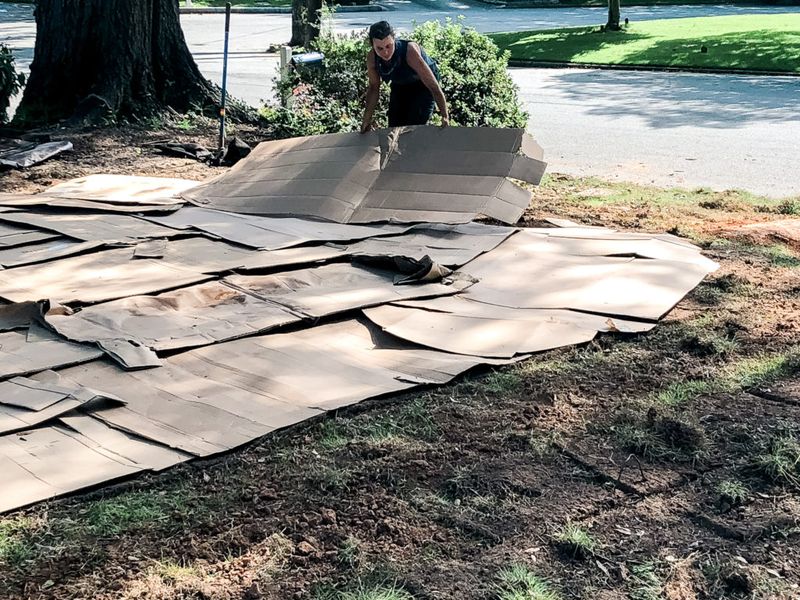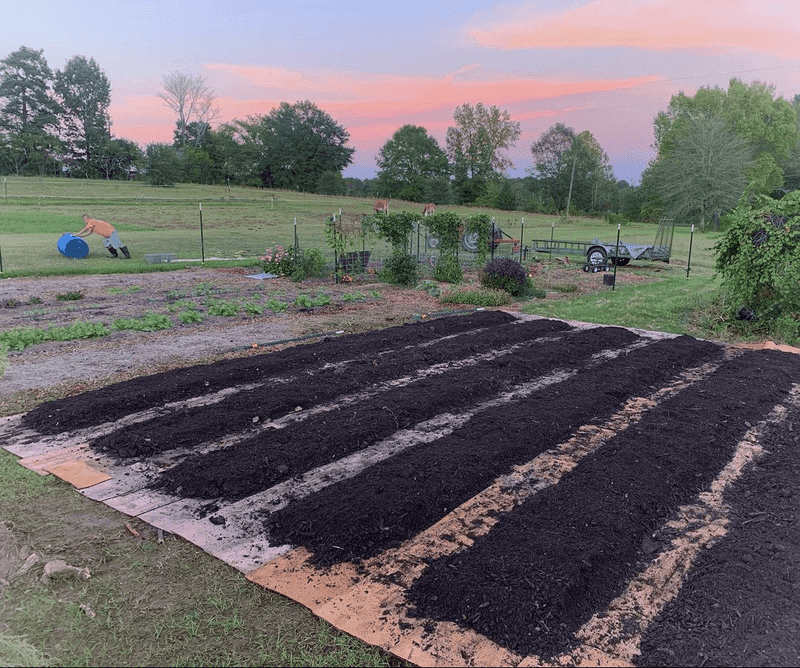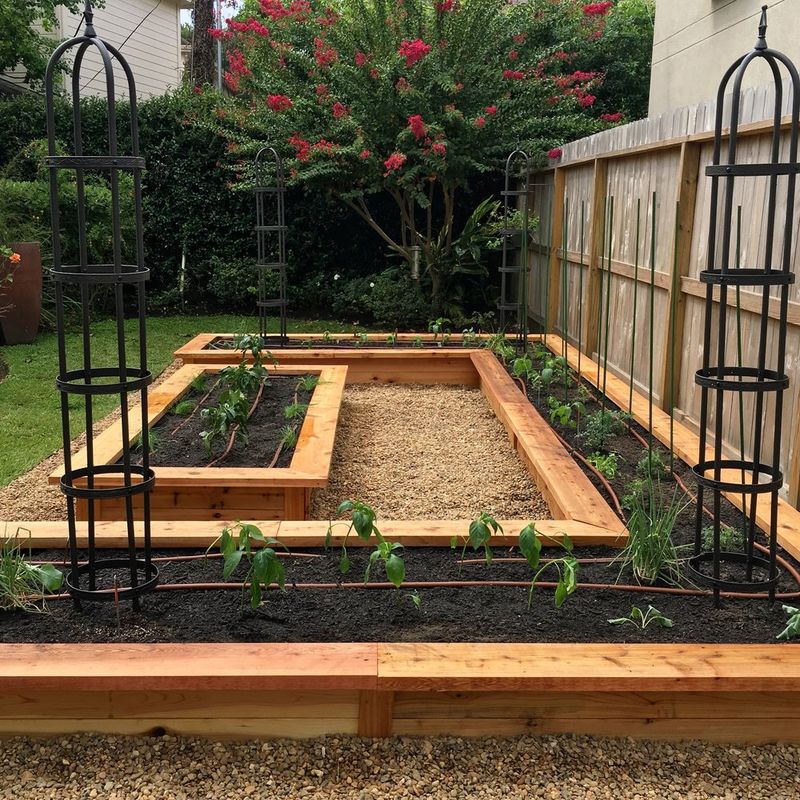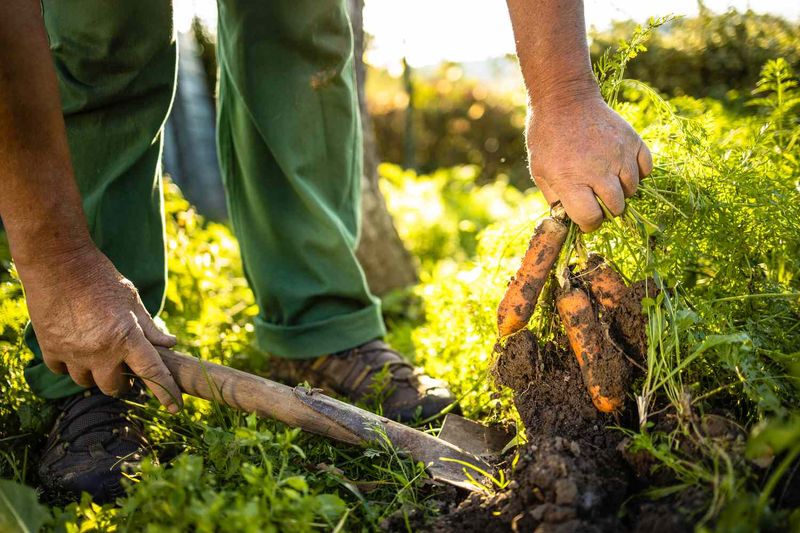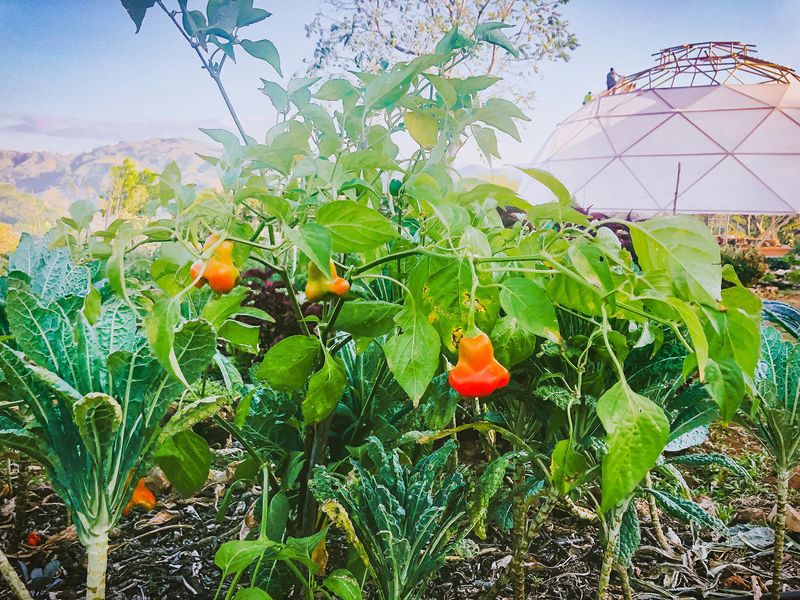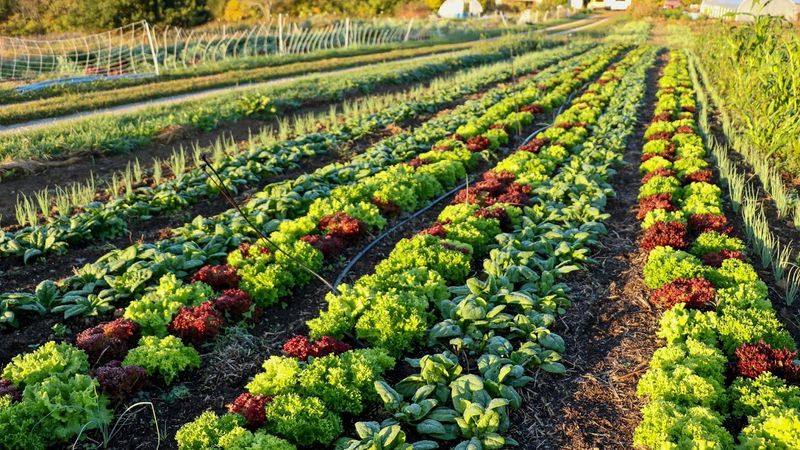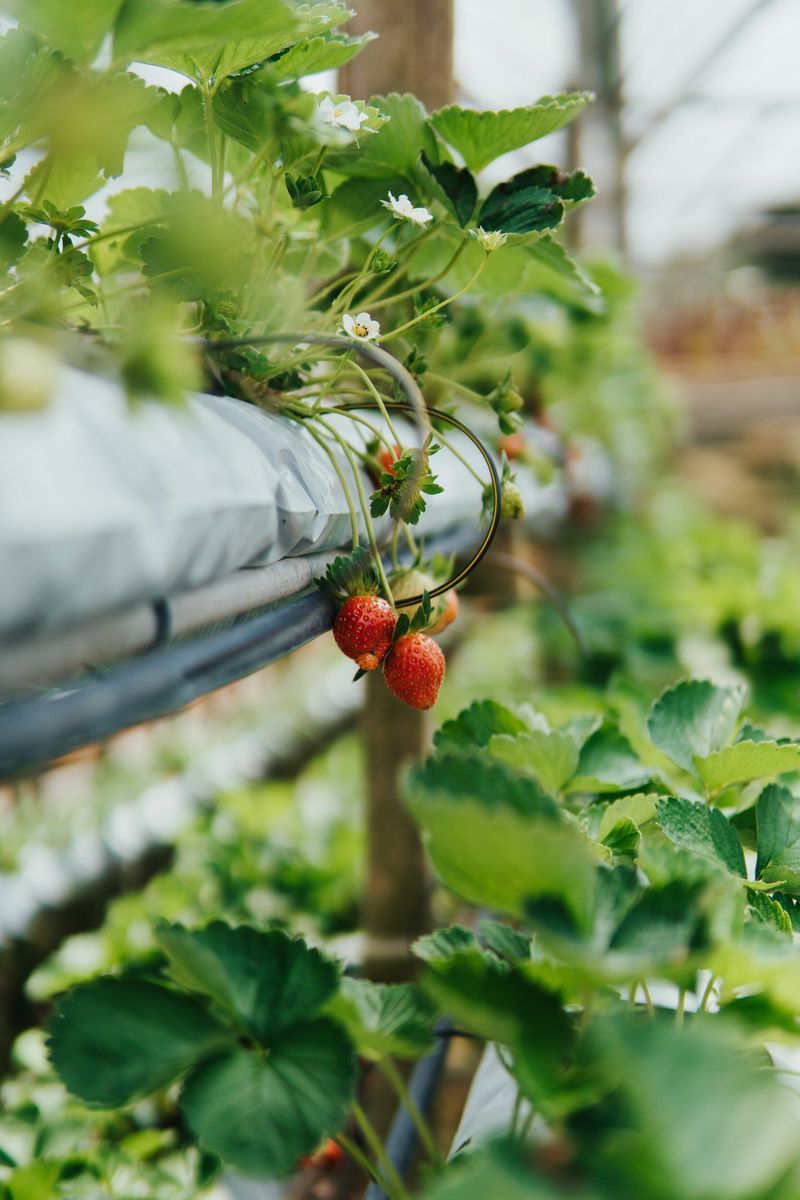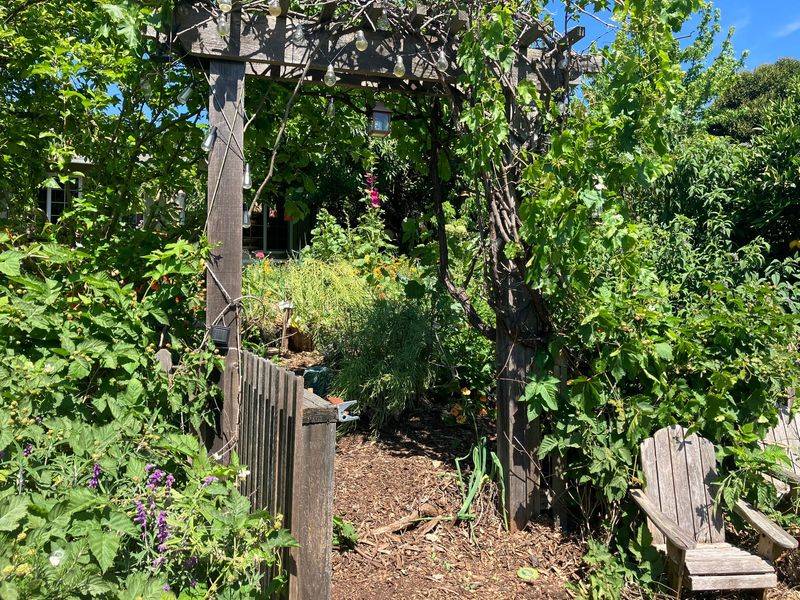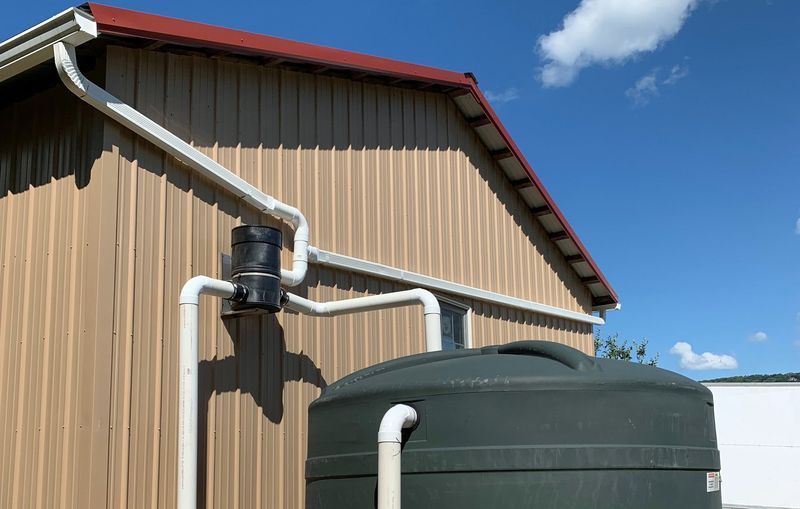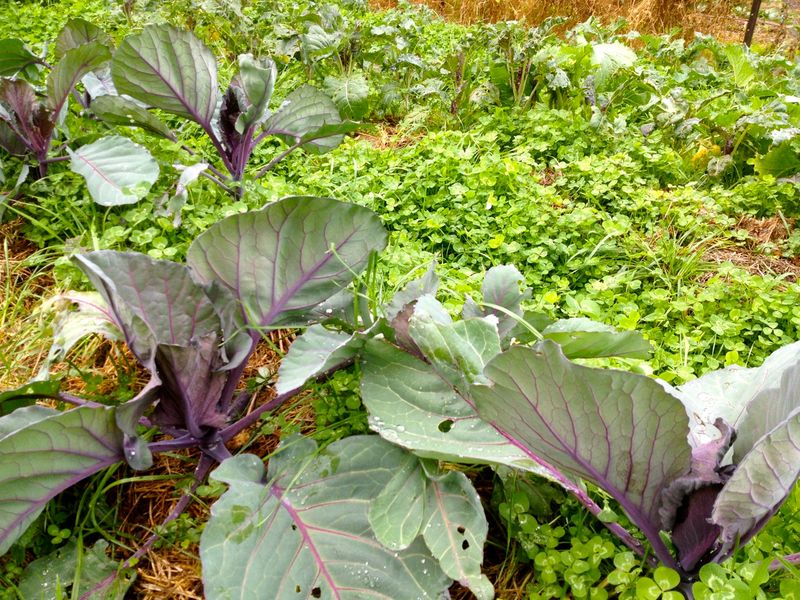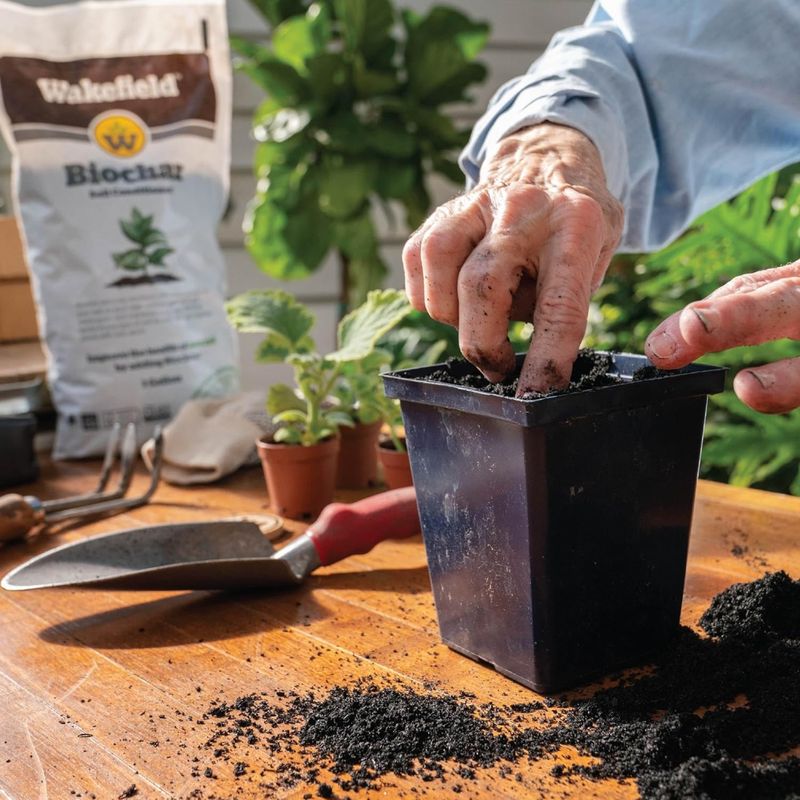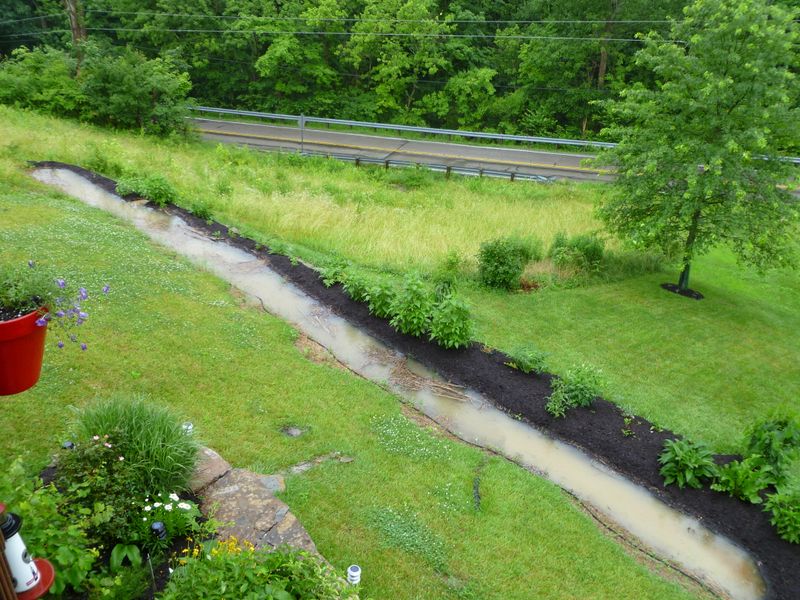Gardening isn’t just about digging in the dirt; it’s a love affair with nature! Trust me, I’ve had more than one conversation with my plants, especially that stubborn tomato vine that refuses to behave.
But here’s the thing: there’s an art and science to it! Regenerative gardening is like giving your plants a VIP treatment. It’s all about working with nature, not fighting it.
So, grab your gloves (and maybe a snack, because we’ve got a lot of soil to cover) as we dive into 20 techniques that’ll transform your garden into a thriving, eco-friendly paradise!
1. Composting
Turning kitchen scraps into gold? Absolutely! Composting uses organic waste to enrich your soil with nutrients. Instead of tossing that banana peel, toss it into a compost bin.
This technique recycles plant materials, reducing landfill waste. By composting, you create a rich humus that can turbocharge your garden soil.
Not only does it improve soil structure, but it also helps retain moisture. Your plants will thank you by becoming healthier and more productive. Who knew garbage could be so valuable?
2. Vermicomposting
Ever thought worms could be your garden’s best friends? Vermicomposting is the use of worms to break down organic material into nutrient-rich compost. It’s perfect for small spaces and doesn’t smell!
The worms eat the waste and produce castings that are like supercharged plant food. This method is efficient and can be done indoors or outdoors.
It’s like hosting a tiny, efficient workforce that works for scraps. The plants will grow stronger, and your garden will buzz with life.
3. Cover Cropping
Think of cover crops as blankets for your garden. These plants protect soil from erosion and add nutrients back into the ground when tilled under.
Legumes and grasses are popular choices. By growing these, you’re not only improving soil fertility but also preventing weeds.
It’s a smart way to give back to the soil what traditional gardening takes out. Your garden will remain robust, ready for the next planting season without any synthetic fertilizers.
4. Mulching
Sprinkle some mulch, and watch the magic happen! Mulching involves placing a layer of material on the soil surface to retain moisture and suppress weeds.
Mulch can be organic like straw or inorganic like stones. This technique conserves water and reduces erosion. It also invites beneficial organisms to play in your garden.
Your plants will stay happy and hydrated, and you’ll spend less time weeding. Who wouldn’t want that? Plus, it makes gardens look tidy and neat.
5. Permaculture Design
Permaculture is more than just planting; it’s about creating a sustainable ecosystem. It emphasizes the relationships between plants, animals, and humans in a garden.
By mimicking natural ecosystems, you create a self-sustaining garden that requires less maintenance. Your garden becomes a haven for wildlife and a source of fresh produce.
This holistic approach benefits the soil and the gardener alike, making it a smart choice for those looking to minimize environmental impact.
6. Hügelkultur
Mounds in the garden? Sounds quirky, doesn’t it? Hügelkultur involves creating raised beds on decaying wood. As the wood breaks down, it releases nutrients into the soil.
These mounds retain moisture and improve drainage, making them excellent for dry regions. It’s a fantastic way to reuse old logs and branches, turning them into fertile beds.
Your plants will love the nutrient-rich environment, and you’ll love the water conservation benefits.
7. Biodynamic Gardening
This method is a bit mystical! Biodynamic gardening uses celestial planting calendars and special preparations to enhance soil fertility.
It’s more than organics; it’s gardening in harmony with the cosmos. By utilizing natural cycles, this technique increases biodiversity and heals the soil.
Gardeners notice healthier, more resilient plants. Those cosmic connections might just give your plants the extra boost they’ve been pining for!
8. Sheet Mulching
Layer upon layer – that’s sheet mulching! This method involves layering biodegradable materials to enrich the soil and suppress weeds.
Think of it as lasagna for your garden. It’s perfect for those looking to convert lawn into garden beds. The layers break down over time, feeding the soil without disturbing it.
Your garden becomes a nutrient-rich paradise with less manual labor. Plus, it’s a fantastic way to recycle cardboard and newspaper.
9. No-Till Gardening
Forget the back-breaking tilling! No-till gardening allows soil structure to remain intact, promoting healthier plant roots.
By not disturbing the soil, you encourage beneficial organisms to thrive. This technique reduces erosion and compaction, leading to more productive gardens.
Your plants enjoy a stable environment, and your back will thank you too! It’s a win-win for both gardener and garden.
10. Keyhole Gardens
Keyhole gardens are like the Swiss Army knives of gardening techniques. These raised beds have a central compost bin, allowing nutrients to seep into the surrounding soil.
They’re perfect for small spaces and utilize water efficiently. By combining composting with planting, your garden gets continuous nourishment.
It’s an ingenious way to maximize space and resources. Your plants will feed off the rich, compost-enhanced soil, leading to bountiful harvests.
11. Chop and Drop
It sounds like a dance move, but chop and drop is all about pruning plants and leaving the cuttings as mulch.
This method enriches the soil as the cuttings decompose and adds organic matter. It’s a simple, efficient way to maintain garden health without buying mulch.
By feeding the soil naturally, you create a thriving environment for your plants. It’s gardening with a rhythm that even plants enjoy!
12. Crop Rotation
Repetition is the enemy! Crop rotation involves changing the types of plants grown in each garden bed each season.
By varying crops, you prevent soil nutrient depletion and reduce pest outbreaks. This smart technique leads to healthier soils and more robust plants.
Over time, your garden becomes more resilient and productive. It’s like a new dance for your garden each season, keeping it lively and balanced.
13. Companion Planting
Some plants are just better together! Companion planting uses the natural relationships between plants to boost growth.
Certain plant pairings can deter pests, improve soil health, and increase yields. For instance, planting basil with tomatoes can enhance flavor and repel pests.
This technique makes your garden a cooperative community where every plant plays a role. Your garden will thrive with these friendly alliances.
14. Intercropping
Mix it up! Intercropping involves planting two or more crops in the same space to maximize productivity.
This technique reduces disease and pest risks while improving soil health. By diversifying plantings, you create a balanced ecosystem that supports natural growth.
Your garden becomes a mosaic of life, teeming with diversity and resilience. It’s like having a garden party where every plant brings something to the table.
15. Aquaponics
Fish and veggies – a dynamic duo! Aquaponics combines raising fish with growing plants in a symbiotic system.
Fish waste provides nutrients for plant growth, while plants clean the water. This closed-loop system is water-efficient and highly productive.
Your garden becomes an oasis of sustainability, with fresh produce and fish at your fingertips. It’s a fascinating way to connect land and water in a harmonious dance.
16. Forest Gardening
Bring the forest to your backyard! Forest gardening involves designing gardens to mimic natural woodlands.
With layers of trees, shrubs, and ground covers, you create a self-sustaining ecosystem. This technique reduces the need for external inputs and creates habitats for wildlife.
Your garden becomes a haven of biodiversity and food production. It’s like a wild, untamed garden that still provides a bounty.
17. Rainwater Harvesting
Don’t let the rain go to waste! Rainwater harvesting captures and stores rain for garden use.
By using barrels and tanks, you supplement water needs with nature’s bounty. This method conserves water and reduces utility bills.
Your garden thrives on this natural hydration, even during dry spells. It’s a win for the environment and your pocket. Plus, it’s surprisingly satisfying to see how much water you can collect.
18. Green Manures
Green manures aren’t about money; they’re about enriching soil. These are plants grown to be tilled back into the soil, adding nutrients.
By using cover crops like clover or vetch, you fix nitrogen in the soil. This technique improves soil fertility and structure, reducing the need for chemical fertilizers.
Your soil becomes a living, breathing entity, ready to support healthy plant growth. It’s nature’s way of giving back to the earth.
19. Biochar
Charcoal for the garden? Enter biochar! This method uses charred organic material to enhance soil health.
By improving nutrient retention and reducing emissions, biochar creates a hospitable environment for beneficial microbes.
Your plants will flourish in this improved soil, showing increased resilience and growth. It’s a way to enrich soil that dates back thousands of years. Who knew ancient techniques could be so modern?
20. Swales
Think of swales as nature’s irrigation channels. These shallow ditches capture and distribute rainwater across the garden.
By slowing water flow, swales prevent erosion and increase soil moisture. This technique is perfect for sloped areas, making them more productive.
Your garden benefits from consistent moisture, enhancing plant growth. It’s a simple yet effective way to work with the natural landscape. No more parched plants or wasted rainwater!

